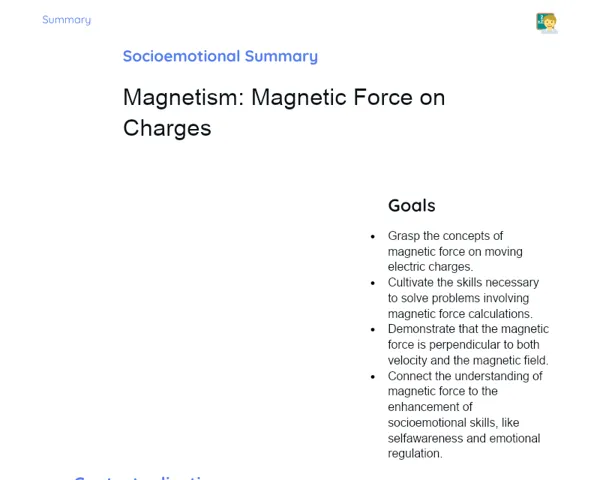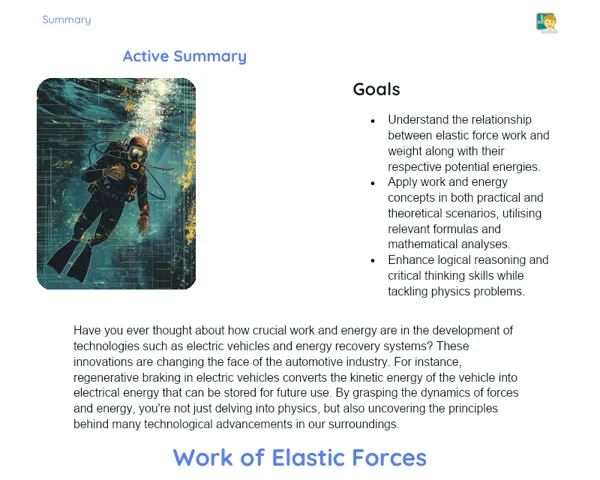Goals
1. Identify what a plane mirror is.
2. Check the equality of distances between the plane mirror and the image as well as between the mirror and the object.
3. Apply concepts to solve practical problems related to plane mirrors.
Contextualization
Picture yourself in a room filled with mirrors, each reflection appearing like a window to another world. Studying plane mirrors helps us grasp how these images form and the reasons behind our perception of the environment. These concepts are crucial not just in physics, but also in various fields like architecture and interior design, where cleverly placed mirrors can dramatically change a space. Additionally, plane mirrors are utilized in diverse areas, including the making of optical instruments, cameras, and in certain security technologies.
Subject Relevance
To Remember!
Definition of Plane Mirror
A plane mirror is a flat reflective surface that creates virtual images of objects placed in front of it. The light reflected follows the law of reflection, meaning the angle at which it hits the mirror equals the angle at which it reflects away.
-
Flat reflective surface.
-
Creates virtual images.
-
Adheres to the law of reflection: angle of incidence equals angle of reflection.
Formation of Images in Plane Mirrors
Images created by plane mirrors are always virtual, upright, and of the same size as the object. The distance from the image to the mirror matches the distance from the object to the mirror.
-
Virtual and upright images.
-
Image size matches the object size.
-
Distance from the image to the mirror equals distance from the object to the mirror.
Properties of Formed Images
The images produced by plane mirrors undergo lateral inversion, meaning what's on the right side of the object appears on the left side of the image and vice versa. This concept is crucial for understanding how we perceive images in mirrors.
-
Specular images.
-
Lateral inversion: right becomes left.
-
Important for grasping visual perception when using mirrors.
Practical Applications
-
Architecture: Employing plane mirrors to create the illusion of larger and brighter spaces.
-
Optical Instruments: Building periscopes and other devices that depend on light reflection.
-
Augmented Reality: Advancing technologies that require an understanding of reflections to create immersive experiences.
Key Terms
-
Plane Mirror: A flat reflective surface that generates virtual images.
-
Virtual Image: A type of image that cannot be projected onto a screen, as the light rays do not converge.
-
Lateral Inversion: The phenomenon where the right side of the object becomes the left side of the image and vice versa.
Questions for Reflections
-
How can you apply the understanding of plane mirror properties in your daily life?
-
In what professional fields could knowledge of plane mirrors be useful?
-
What challenges might arise when applying the concepts of plane mirrors in new technologies like augmented reality?
Exploring Reflections with a Plane Mirror
This mini-challenge aims to reinforce understanding of image formation in plane mirrors through a hands-on and enjoyable activity.
Instructions
-
Take a small plane mirror and place it upright on a table.
-
Position a small object (like a pen or pencil) in front of the mirror, around 10 cm away.
-
Look at the object's reflection in the mirror and, using a ruler, measure the distance from the object to the mirror and from the mirror to the reflected image.
-
Sketch a diagram depicting the positions of the object, the mirror, and the reflection, and indicate the measurements taken.
-
Write a short paragraph discussing whether the measured distances confirm the theory that the distance from the object to the mirror is equal to the distance from the image to the mirror.
-
Share your thoughts with classmates on how this activity has strengthened your comprehension of image formation in plane mirrors.



